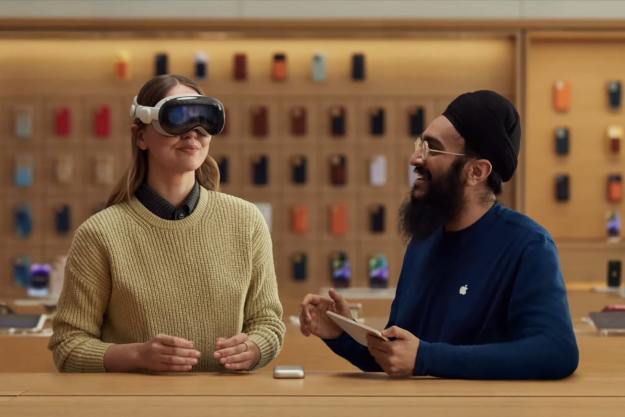After checking Apple’s job listings, it looks like the general hiring freeze isn’t slowing the company’s augmented reality and virtual reality plans. Apple’s AR/VR headset is expected to launch in the first half of 2023, so the pressure is on to finalize what might prove to be Apple’s most important new product category.
There are currently 217 positions open on Apple’s U.S. AR team, 171 in VR, and 145 jobs available in a joint AR/VR category. After years of acquisitions and hiring, Apple still needs over 500 more technical experts to help with its next big product launch in an entirely new category. Apple CEO Tim Cook has often expressed that AR is a very important product for the company’s future.

There is also news of managerial changes and additions from Apple analyst Mark Gurman. In the latest Power On newsletter, Gurman reports that Yaniv Gur, Apple’s senior director of engineering, has been moved to the AR/VR group.
Gur has been with Apple for over 20 years and managed the development of the company’s iWork apps. This move suggests Apple might be bringing productivity features to its headset. It will be quite interesting to see how Apple navigates how an AR/VR headset overlaps and conflicts with its iPad and Mac product lines.
Gurman also reported that Apple has convinced Dave Scott to return to help with the launch of the AR/VR headset. Scott was, according to Gurman, a senior manager of Apple’s self-driving car project who left to serve as CEO of Hyperfine, a mobile MRI imaging company.
Scott’s work on self-driving ties in well with the complex hardware and software integration necessary for the Apple headset. Recognizing objects in your environment is important for AR applications. Scott’s health care knowledge could be important for the headset as well. Apple seems to be taking every opportunity to tie each new product to health and privacy.
With such a strong effort being placed on AR and VR development, Apple is clearly heavily invested in a new product and all signs point toward an Apple VR headset with AR capabilities arriving in 2023.
Editors' Recommendations
- Quest Pro 2: What we know about Meta’s next premium VR headset
- Meta Quest 4: Here’s what we want from the next big VR headset
- Apple’s next Pencil may work with the Vision Pro headset
- Zoom unveils immersive app for Apple’s Vision Pro headset
- Watch Apple’s new ‘Get Ready’ ad for its Vision Pro headset



